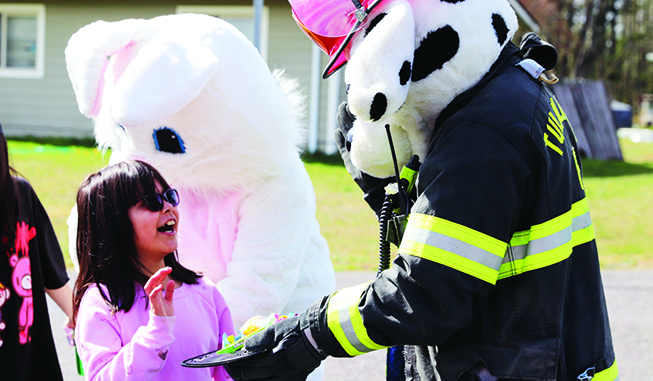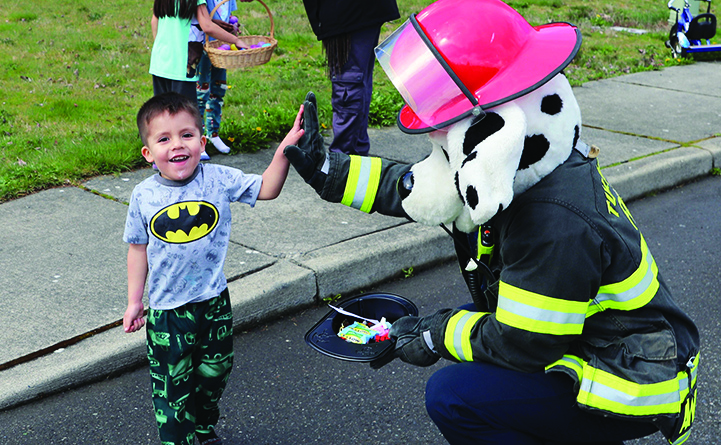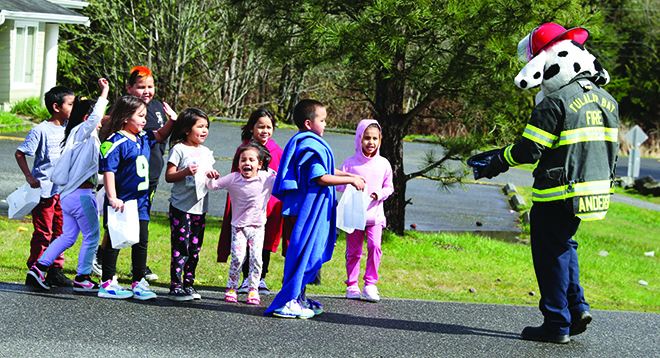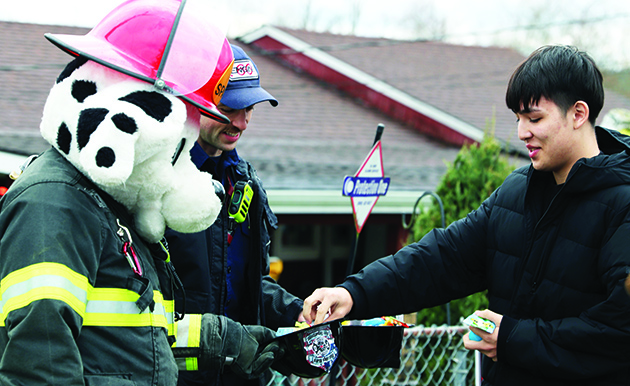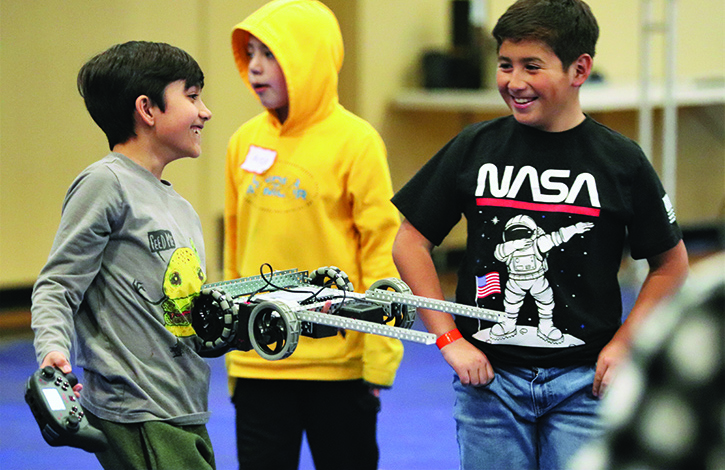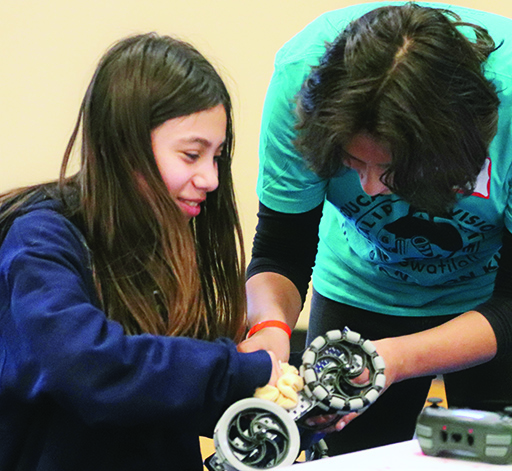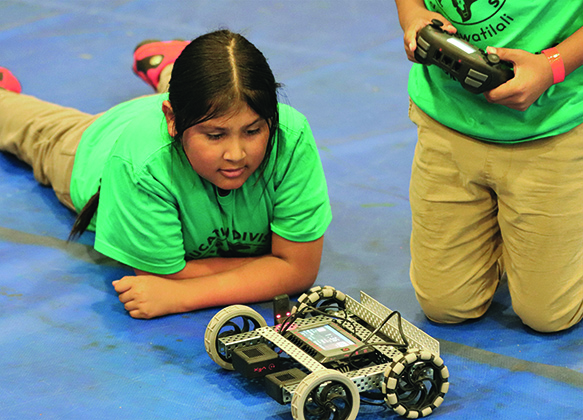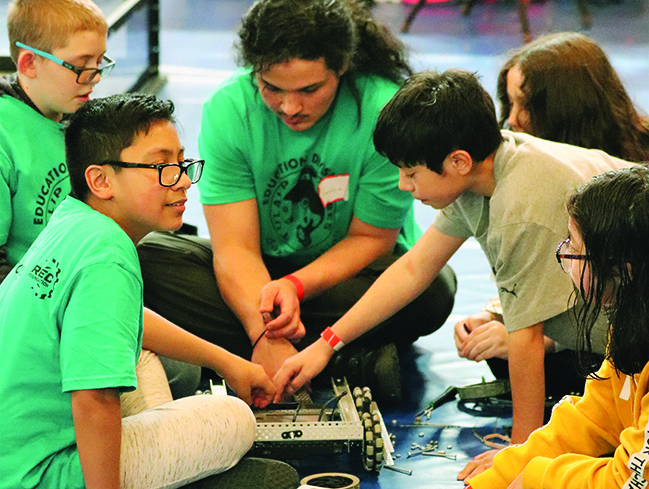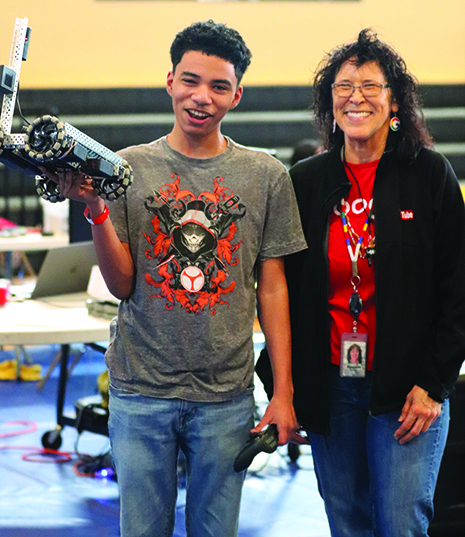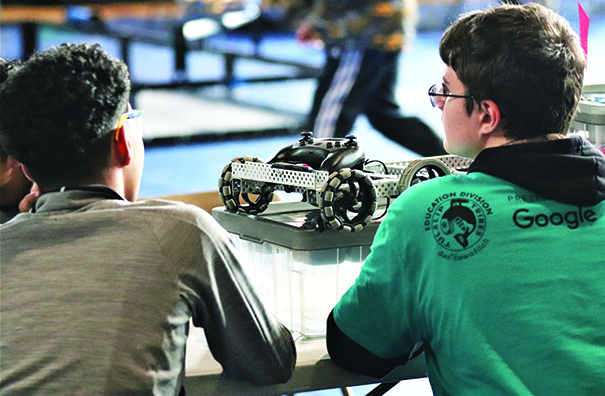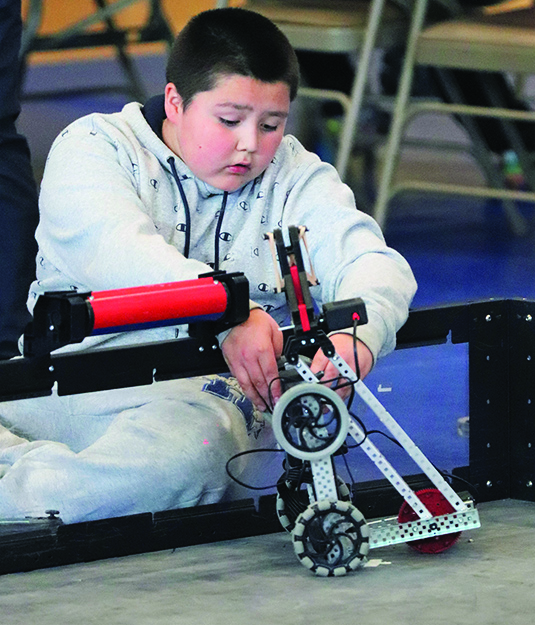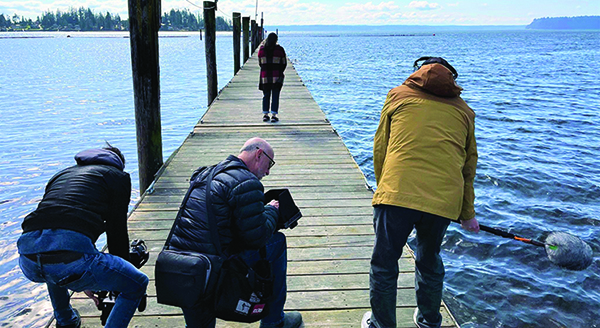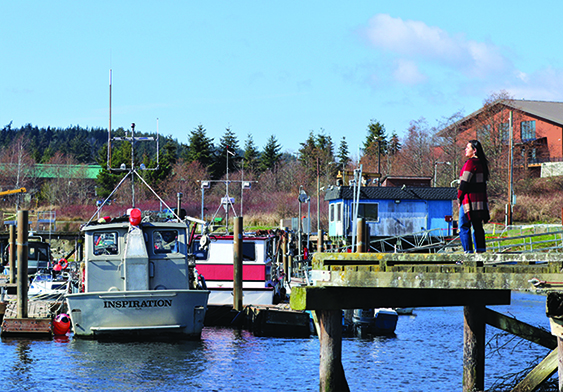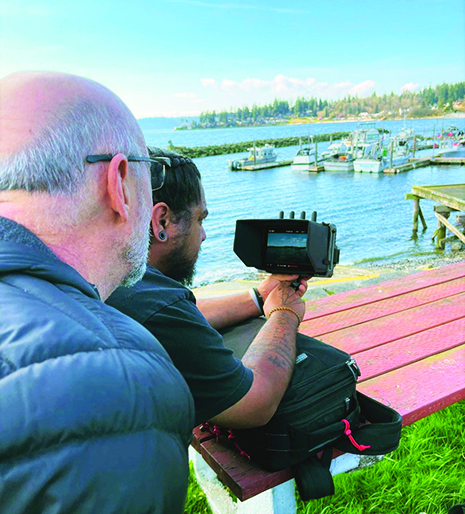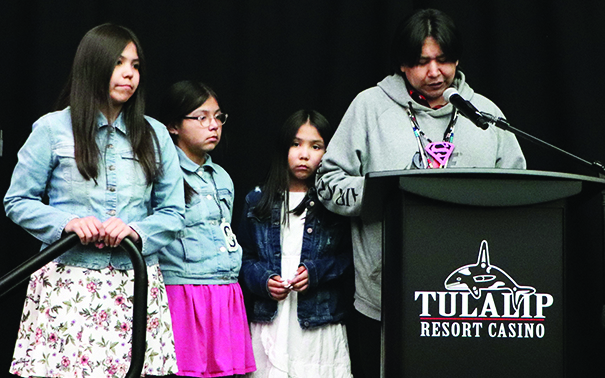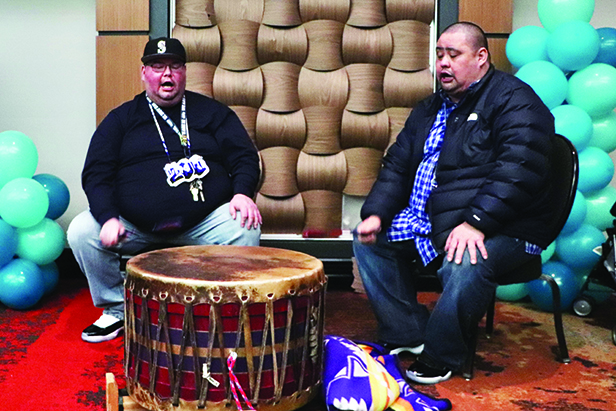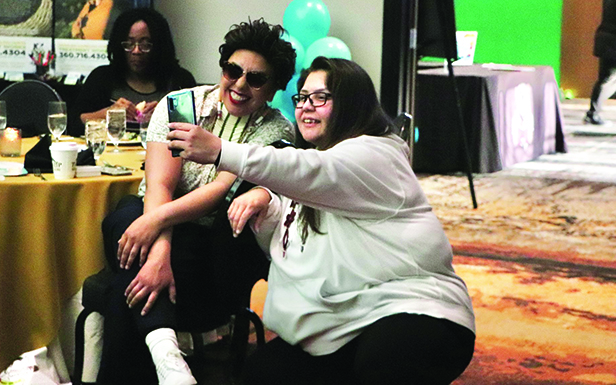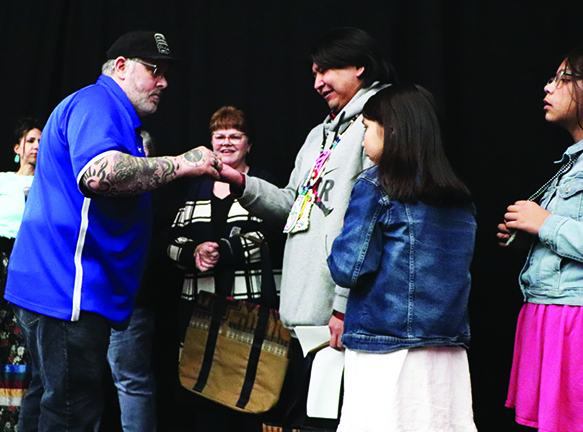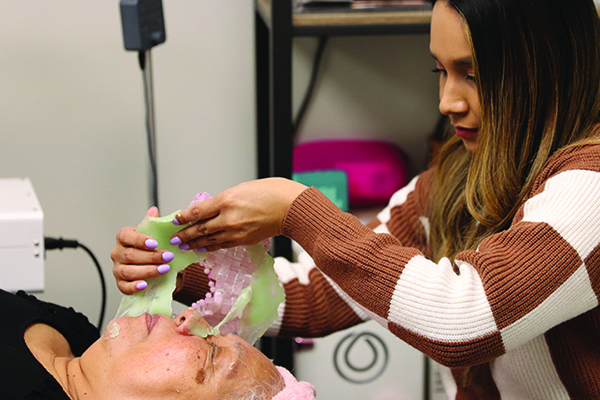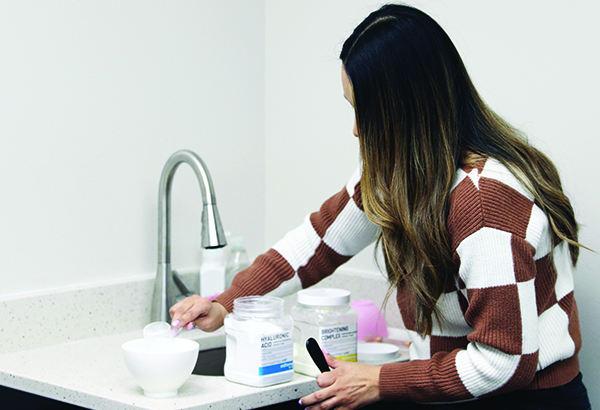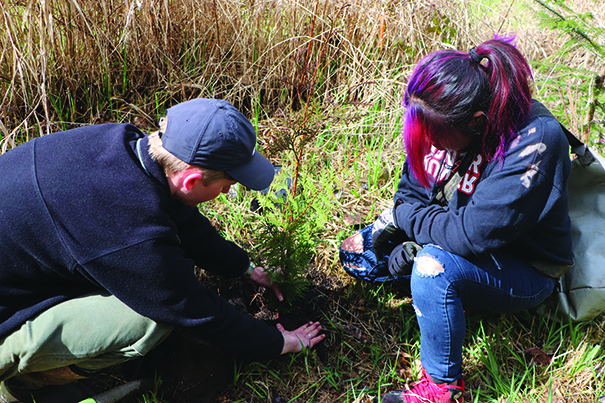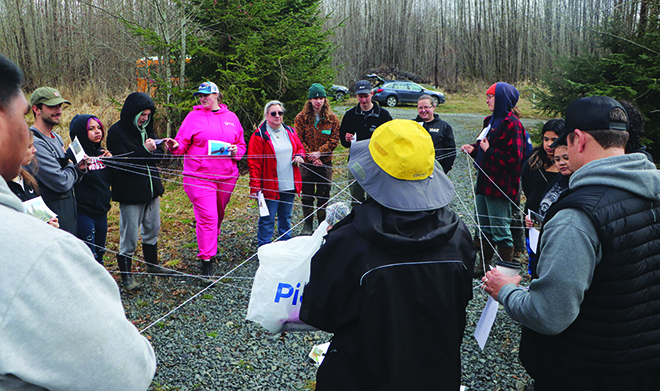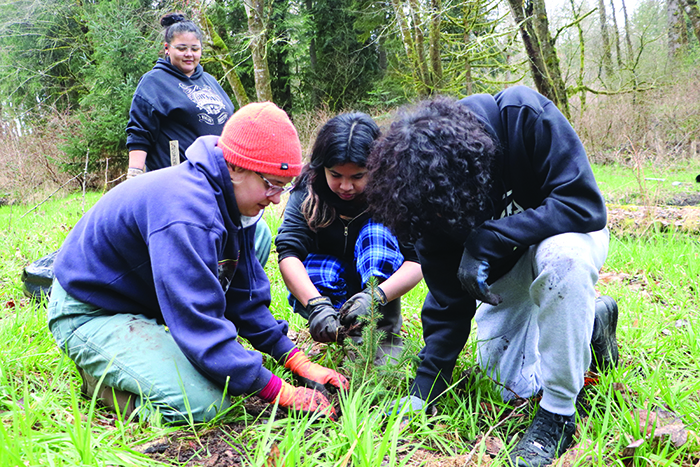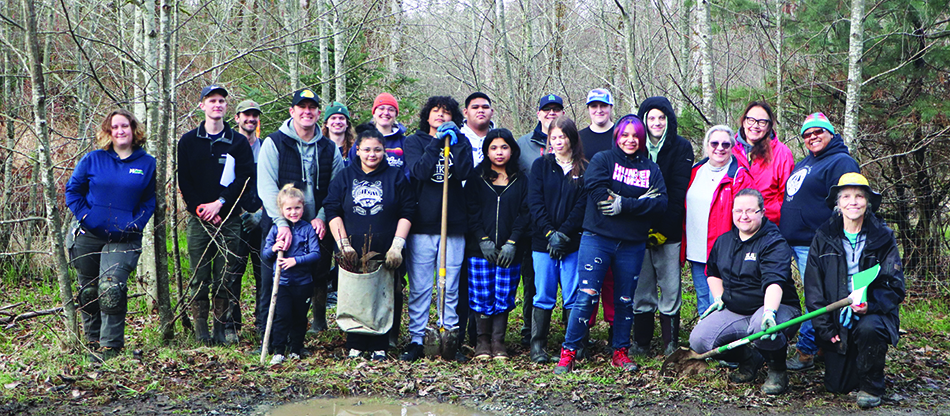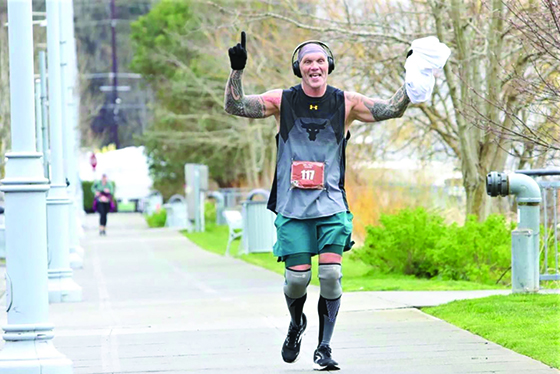
By Micheal Rios, Tulalip News; photos courtesy Teresa Jira & Lynn Bedient
The marathon, a 26.2 mile race, is one of the most challenging physical activities a person can undertake. It requires months of intense training, discipline, and perseverance to complete. Despite its difficulty, millions of people around the world take on the challenge each year. Remarkably, however, just 0.05% of the United States population has completed a marathon, which makes the achievement of completing one nothing short of impressive.
Preparing for a marathon is a grueling process that requires a tremendous amount of dedication and hard work. Runners must carefully plan out their training schedules, which can involve running several miles a day, multiple days a week, for several months leading up to the race. They must also cross-train and work on strength and flexibility to avoid injury and build endurance.
But the physical aspect of training is just one part of the process. Mental preparation is also crucial. Many runners must push through moments of doubt and discomfort during long runs, and they must learn to manage their nerves and anxiety leading up to the race. It takes a strong mindset to stay committed to the training plan and stay motivated to push through the pain.
The kind of strong mindset necessary for such a grueling task is what Sargent Jeff Jira is known for. As a peacekeeper with the Tulalip Police Department for over twenty years now, Sgt. Jira understands well the importance of self-discipline and practical goal-setting. A few months back, he shared that Tulalip’s own marathon man, Tyler Fryberg, sparked a fire within him to run his very first marathon.
At 52-years of age, Sgt. Jira underwent four months of prep work and stamina building in order to get his body primed to compete in April’s Mill Town Marathon.
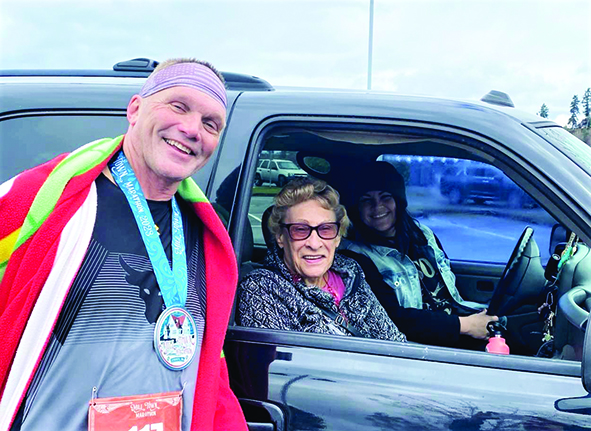
Formerly the Heroes Half, then the Everett Half, before its latest rebranding as the Mill Town Marathon, this local running course is operated by Snohomish Running Company. This particular course starts and finishes at Marina Park in the Port of Everett, running along the Everett waterfront and over the historic SR-529 drawbridge into south Marysville.
Race day yielded temperatures in the low 40s and scattered rain showers, yet the horde of runners who waited anxiously for the 7:00am start to the full marathon were undeterred. Including Sgt. Jira in his finest running gear.
After the starting gun fired, he set off with his fellow runners on a personal history setting journey. The first few miles are often the easiest, as adrenaline and the excitement of the crowd carry the runners forward. But as the race progresses, the physical and mental challenges become more intense. The body aches, the legs feel heavy, and the mind begins to question whether it can continue. But runners must push through the pain, drawing on their months of training and their inner strength to keep going.
As Sgt. Jira approached the marathon’s midpoint, near Ebey Waterfront Park, his face beamed with happiness and he smiled at the cohort of family and friends who braved the early morning elements to cheer him on.
The final stretch of the marathon is perhaps the most impressive. After running for more than 20 miles, the finish line finally comes into view. The crowd cheers, the adrenaline surges, and the runner finds one last burst of energy to sprint towards the finish. The feeling of crossing the finish line is indescribable, a moment of pure joy and accomplishment that makes all the pain and sacrifice worth it.
After a whopping 5 hours and 45 minutes of nonstop running Sgt. Jira crossed the finish line. He was greeted with a shiny new medal and another burst of excitement from his family. Shortly thereafter he posted to Facebook “I may have yelled a few times like David Goggins, “You don’t know me son!” along the way. It was 40 degrees, raining and my feet were wet, but it all comes down to mind over matter. Feels absolutely awesome to complete my first marathon at age 52! Special thanks for my cheer crew.”
In addition to the intense physical and mental challenges of the race itself, running a marathon has also become a popular way for runners to raise money for charitable causes. Many runners use the event as a platform to raise awareness and funds for important causes such as cancer research, poverty, or environmental conservation. By running a marathon, these individuals are not only challenging themselves, but they are also making a positive impact on the world.
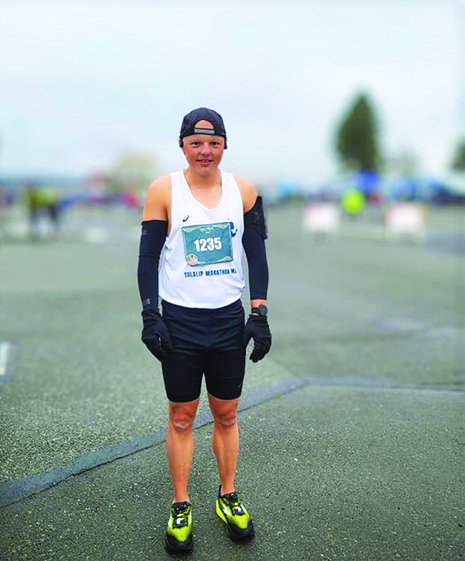
alive as a Native American today.” -Tyler Fryberg
Such is the case with Tulalip Marathon Man, Tyler Fryberg. He’s well known for running for causes like to raise profits for Leah’s Dream Foundation and inspiring more participation in the Special Olympics. He continues to strive to influence those around him, like Sgt. Jira, to take up running as not just a way to keep both the mind and body healthy, but also as a means to connect to previous generations.
“When I run, I feel the Native Americans before me,” he said in a previous interview with Tulalip News. “They did not have cars at one time, so they didn’t just run for a sport like I do today, but also to get food for their families, to get wood, and other [necessities]. Sometimes I feel like I am talking to someone who is not there on my runs. And I believe it’s the ancestors who lived before me. I feel like they would be proud of me for keeping running alive as a Native American today.”
Tyler’s Mill Town marathon participation came in the form of the half-marathon, which for him is something akin to a 13.1 mile sprint. The always inspiring 30-year-old ran a blistering pace and finished in 1 hour – 52 minutes – 48 seconds on the time keeper’s clock. He shared that he set a personal best at running the initial 10k section of the race in just 47 minutes.
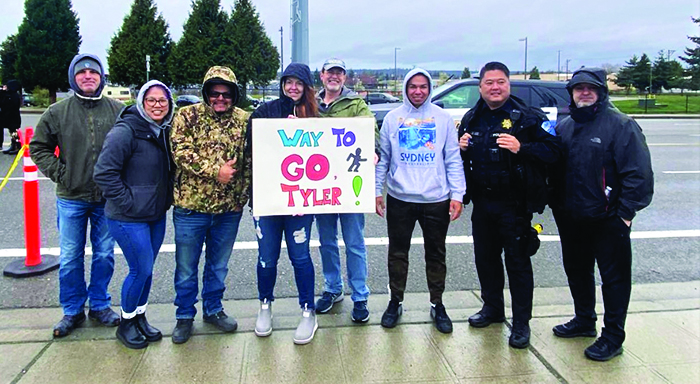
“So, what is next for the Tulalip marathon man? I am now going to be training for track season. Both 800 meter and 400 meter races…and getting better at javelin,” said Tyler. “Next year I will be running the Mill Town half-marathon again. I already have it on calendar.”
From the months of training to the intense physical and mental challenges of the race itself, running a marathon for the first time ever like Jeff Jira or a half-marathon in a blazing time like Tyler Fryberg is an incredible achievement that few can claim. But beyond the personal accomplishments, the marathon is a celebration of human spirit and community. It is an event that can inspire us to push ourselves to new limits, or even motivate us to make a positive impact in our local community.
